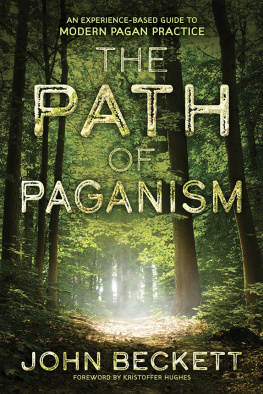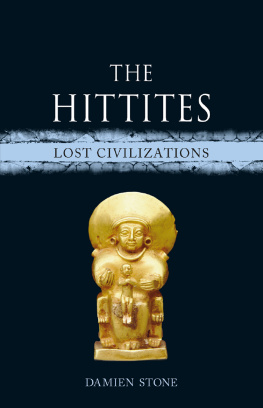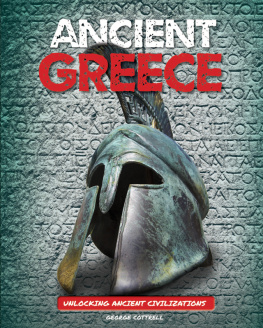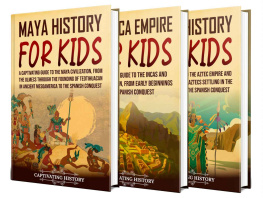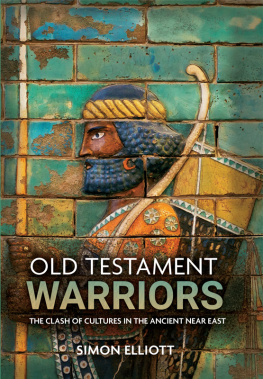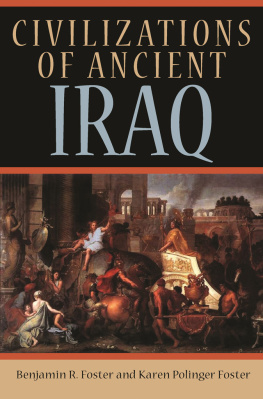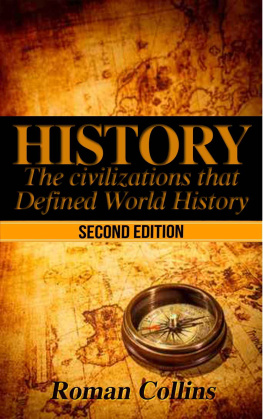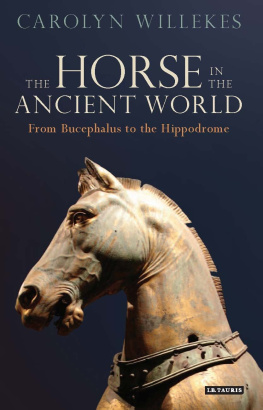The Hittites
Discover the Lost Empire:
Everything You Need To Know About The Hittites Of The Ancient World
Thomas Beckett
Copyright 2016 - All rights reserved.
In no way is it legal to reproduce, duplicate, or transmit any part of this document in either electronic means or in printed format. Recording of this publication is strictly prohibited, and any storage of this document is not allowed unless with written permission from the publisher. All rights reserved.
The information provided herein is stated to be truthful and consistent, in that any liability, in terms of inattention or otherwise, by any usage or abuse of any policies, processes, or directions contained within is the solitary and utter responsibility of the recipient reader. Under no circumstances will any legal responsibility or blame be held against the publisher for any reparation, damages, or monetary loss due to the information herein, either directly or indirectly.
Respective authors own all copyrights not held by the publisher.
Legal Notice:
This book is copyright protected. This is only for personal use. You cannot amend, distribute, sell, use, quote or paraphrase any part or the content within this book without the consent of the author or copyright owner. Legal action will be pursued if this is breached.
Disclaimer Notice:
Please note the information contained within this document is for educational and entertainment purposes only. Every attempt has been made to provide accurate, up to date and information. No warranties of any kind are expressed or implied. Readers acknowledge that the author is not engaging in the rendering of legal, financial, medical or professional advice.
By reading this document, the reader agrees that under no circumstances are we responsible for any losses, direct or indirect, which are incurred as a result of the use of information contained within this document, including, but not limited to, errors, omissions, or inaccuracies.
Table of Contents
Introduction
Chapter 1: A History Of The Hittites And Why You Should Know Them
Chapter 2: Where Did The Hittite Come From And How Were They So Successful?
Chapter 3: An Overview Of The Hittite Religion And Who Mattered Most
Chapter 4: Notable Things About Hittites
Chapter 5: Secrets And Unknown Facts About Hittites
Chapter 6: The Gods And Goddesses Of The Hittite People
Conclusion
Introduction
I want to thank you and congratulate you for reading the book , The Hittites: The Lost Empire: Everything You Need to Know About the Hittites of the Ancient World .
The main idea behind this book is to give the readers a unique perspective into one of the most important and yet least known of all ancient races. The ancient world has the potential to teach us so much about how we have come to be today, and the Hittite people are no exception. From their mysterious origins to their sudden appearance in Asia Minor, the Hittite people provided massive technological and ideological adjustments to the scientific, political, and militaristic world they inhabited. The aim of this book is to assist you in understanding just how significant the Hittite people were even though they only existed as a distinct race for a short period of time.
Some of the items you will learn as you read this book concerning the history of the Hittite are:
The Hittite origin
A timeline of events highlighting both the old, middle, and new kingdoms of the Hittite people
Influential Hittite Kings and Queens and their achievements
An overview of the Hittite religious belief structure and how it impacted daily Hittite life
A list of some of the best-known gods and goddesses, and what each represented to the Hittite people
A synopsis of what researchers suspect were the strengths and ultimate weaknesses of the Hittite culture
The role of women in Hittite society
Notable facts concerning Hittite life
Lesser known ideas relating to the Hittite people
Gods/Goddesses & Myths
Thanks again for reading this book, I hope you enjoy it!
Chapter 1: A History of the Hittites and Why You Should Know Them
When considering the scope of ancient societies, it is important to recognize and distinguish one sect from the next. It would be quite fair to say that the Greeks and the Romans are both ancient societies who are both regarded as being highly influential in the ways they shaped the world around them. These two civilizations swayed the course of history through their developments as societies in ventures related to military aims, political and scientific ideologies, and religious views. What is important to recognize, though is that while each of these societies, did, in fact, exist in ancient times, they are fundamentally distinct from one another.
While they may have existed in similar geographic areas and may have had periodic interactions with one another, they are by no means the same societies of people. If you would, please consider the similarities between people from Canada and people from the United States. While it is true that both share a similar geographic region and are interconnected through trade and diplomacy, each is distinct from the next. The same can be said of most, if not all, of the groups we today classify as ancient races.
In order to be able to identify and recognize an ancient race as being influential and distinct from their neighbors, it is important to distinguish what makes them unique. What qualities did they embody that makes them important to history? How did they impact the world around them in their own time and does there continue to be any evidence of their impact today?
The trouble many scholars may face when attempting to answer these questions can be great. Sometimes the stories and information needed to comprehend fully the significance of culture may only be passed down through oral traditions or could only be found in the writings of other cultures. Other times historians find that the information that is handed down may be incomplete or may be presented in a form that is difficult for scholars to analyze and fully understand.
The relics relating to the history of the ancient Egyptian culture are quite well known and had been for hundreds of years before anyone being fully able to comprehend what they represented or what they said. It wasnt until the discovery of the Rosetta stone that scientists were able to begin to understand fully what the ancient Egyptians had left behind. What the Rosetta Stone did for scientists was to take the ancient writing of the Egyptians, hieroglyphics, and translate it into both the Demotic and Greek languages respectively. This one solitary piece of the literary translation made a tremendous difference in the base understanding of how advanced our knowledge of the ancient Egyptian society truly was.
The information we gather concerning ancient people can vary greatly in quality and quantity. What we are able to gain from the texts available depends greatly upon many variables that are completely out of our control. We need to consider what time frame the culture in questions may have existed in, the methods they may have used to record the events of their society, and the linguistic or cultural anomalies that may be present in their records with which we are unfamiliar. This last point reflects once again back to the difficulties historians had with the understanding of the ancient Egyptian cultures use of hieroglyphics.
There is one group among the many ancient societies for which the history books have little to say. Their contributions to the scientific world rival some of the greatest discoveries by many of their counterparts. Their ability to match, and, at times, overcome their rivals on the battlefield marks them as a significant force in the cultural landscape of their region, considering some of their rivals were at this time. These people were known as the Hittite.
Next page


